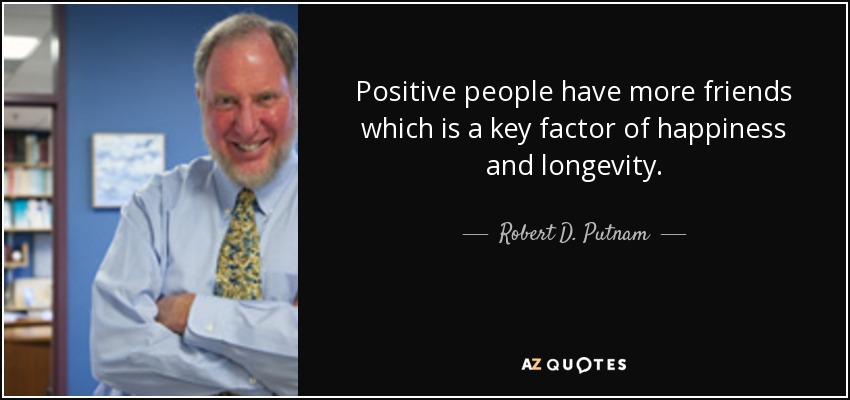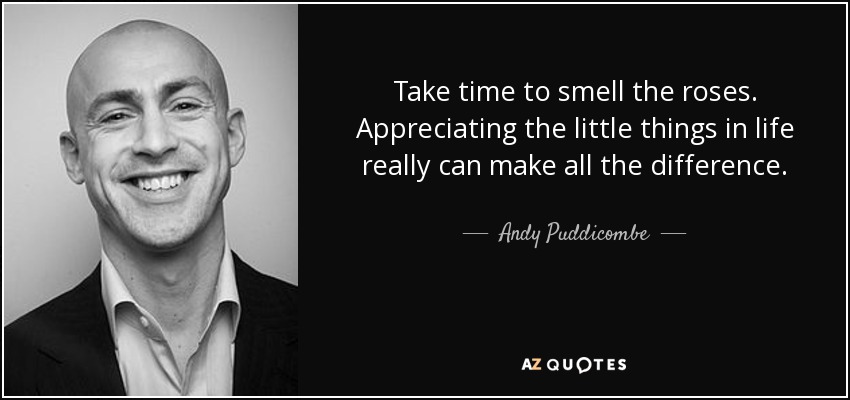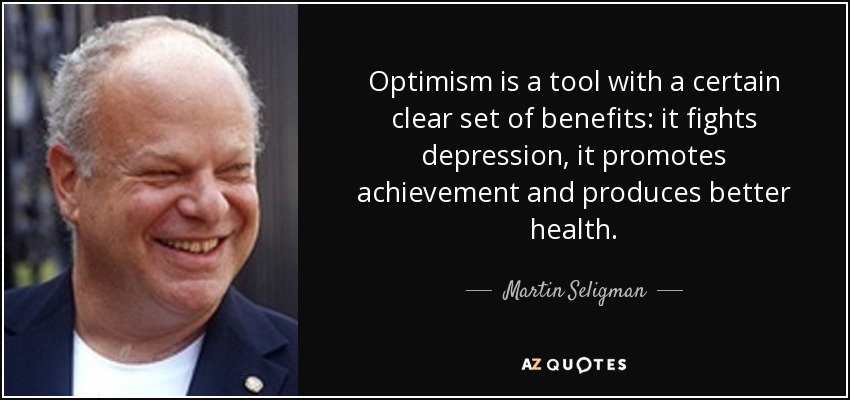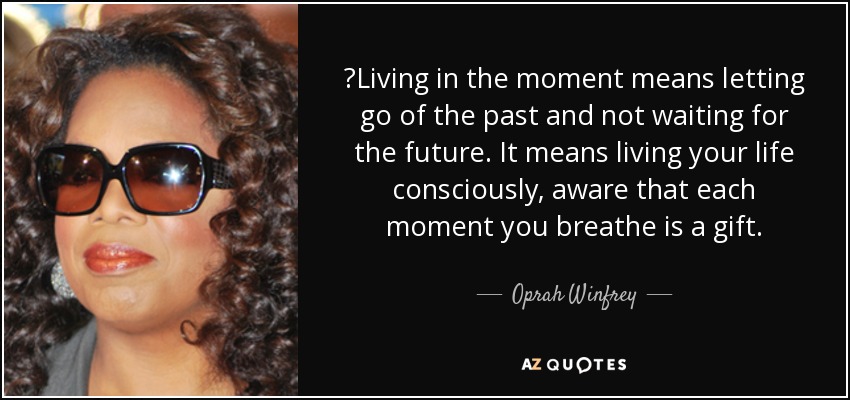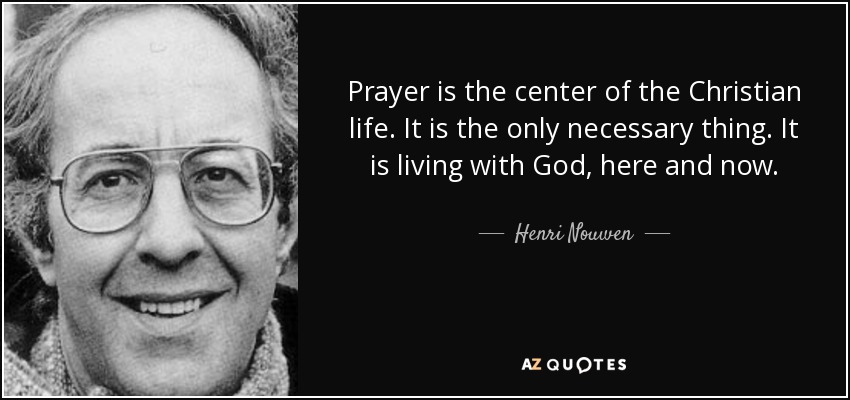Click here to return to Blog Post Intro

According to Gordon, we all have two dogs inside of us. One dog is positive, happy, optimistic, and hopeful. The other dog is negative, mad, sad, pessimistic, and fearful. These two dogs often fight inside us but guess who wins the fight?
The dog who wins is the one you feed the most. You have to feed the positive dog inside you and starve the negative dog. The more you feed the positive dog, the more it grows. The more you starve the negative dog, the more it shrinks and weakens. You become the dog you feed, so feed the positive dog and your big problems will give way to big blessings and a bright future.
Feeding the positive dog doesn’t happen unless you take action. It’s something that you must intentionally do each day. When you make it a habit you not only change how you think and feel but you also literally change how your brain works. The research shows that we can actually mold our brains to be more positive by feeding them positivity each day.
How we perceive people, events, and situations determines our reality. That’s why Gordon points out that we live our lives based on our perspective and our perception of reality. The story we tell ourselves defines our perspective and the lives we live.
Little stories are our beliefs and philosophies about life. You tell yourself many little stories throughout your life based on your belief system, attitude, and approach to life and these stories feed you either negatively or positively and define how you think and act.
One of the best ways to change the story you tell yourself is to say get to instead of have to. When you change have to to get to you change a complaining voice to an appreciative heart.
Feed the Positive Dog Action Plan
Here’s an 11-day action plan with a daily strategy to feed yourself with positivity. The purpose of this plan is to help you experience more positivity in your life and provide you with simple strategies to take charge of your positive thoughts and emotions.
Day 1: Take a Thank-You Walk
It’s simple, it’s powerful, and it’s a great way to start feeding the positive dog. Research shows you can’t be stressed and thankful at the same time so when you combine gratitude with physical exercise, you give yourself a double boost of positive energy.
While you are walking you just think of all the things that you are thankful for. You think of all the positive things about your life.
A thank-you walk is a great way to start the day, create the right mindset, and feed the positive dog first thing in the morning.
Day 2: A Day of Gratitude
A number of studies show that grateful people tend to be more optimistic, which improves immune function, heart health, and happiness levels, according to Robert Emmons, a gratitude expert and professor of psychology at the University of California–Davis. In a nutshell, being thankful is good medicine and necessary for a positive life.
You can practice gratitude throughout your entire day—even when you are standing still.
When you are grateful for the gifts in your life, big and small, you always find more things to be grateful about. Haven’t you found that abundance flows into your life when gratitude flows out of your heart?
Gratitude is like muscle. The more we do with it the stronger it gets.
We can choose to feel blessed instead of stressed. Research shows that chronic stress weakens our immune system, increases our blood pressure, drains our energy, affects our sleep, depletes feel-good neurotransmitters dopamine and serotonin, and accelerates aging.
When you feel blessed you can’t feel stressed. When you are thankful you activate the part of your brain associated with positive emotions. You think more clearly, make better decisions and you feel better about yourself and everything in your life. When you feel blessed instead of stressed, you look for friends instead of foes. You focus on what’s possible instead of impossible and you focus more on solutions instead of complaints.
Instead of mindlessly complaining and venting to yourself and others, you can think of solutions to your complaints. You can make a pact with yourself that you are not going to complain unless you identify one or two solutions to your complaint. So, the next time you consider a complaint, make a choice to either:
Day 3: More Smiles and Laughter
Children laugh about 400 times a day, while adults laugh only about 25 times. Perhaps we need to be more like children and smile and laugh more.
Too often we wait for something in life to make us smile. We wait until we feel positive and a smile happens. But you don’t have to wait to feel positive enough for a smile to happen. You can generate a positive feeling by smiling.
Waiting for something to make you smile is like sitting in a dark room waiting for someone to turn on the light switch. But making yourself smile is like turning on a light switch inside you. You have the power to make yourself feel good. In fact, when you smile you produce more serotonin in your brain—serotonin is an antidepressant that makes you feel happier and more positive.
Be careful, though. Research shows that fake smiles and fake positivity can be harmful and cause stress. Only a real smile will make you feel good.
Studies show that laughter improves your mood, reduces stress, boosts your immune system, relaxes your muscles, and adds joy to your life. Laughing is a priceless, free drug you can feed yourself anytime you want to feel positive.
Day 4: Celebrate your Success of the Day
Think about your favorite success of the day—the one thing or person that made you smile, laugh, and feel great—and be grateful it happened.
According to sports psychologist Jim Fannin, the last 30 minutes of every waking day are recorded and replayed that night by our subconscious minds 15 to 17 times. This replay occurs five times more often than any other thought at any other time. Thus, it’s important to go to bed thinking positive thoughts.
Day 5: Spend Time with Positive People
Research shows that the old adage that money doesn’t buy happiness is true. However, being rich in friends certainly does make a difference. According to a survey from the National Opinion Research Center, the more friends you have the happier you are.
Recognize that when you are positive, you not only make yourself better, you make everyone around you better. Research from HeartMath shows that when you have a feeling in your heart, it radiates to every cell in your body via the heart’s electromagnetic field and this energy field can be detected by others, even if they’re up to five or ten feet away.
Both positive energy and negative energy are contagious. Whatever you are thinking and feeling you are projecting to others and impacting them. That’s why positivity is not just about you. It’s about everyone around you.
When you are positive, positive energy flows out of your heart and attracts others who want to be near and dear to you. Your positivity not only impacts these friends, but these friends also grow your positivity.
Day 6: Share the Gift of Kindness
Sonja Lyubomirsky, author of The How of Happiness, has been researching different techniques and strategies to increase happiness. Not surprisingly, one of the successful happiness boosters is performing acts of kindness, such as volunteering for a charity, opening the door for someone, feeding the homeless, or taking your elderly neighbor grocery shopping. Lyubomirsky has found that by engaging in five acts of kindness in a single day (the impact is more powerful if performed in one day rather than spreading five acts over five days) participants in her studies experience a measurable boost in happiness. The key is to perform five acts in one day. For ideas visit: www.giftofkindness.com.
A kind word, a kind message, a kind act, and a helping hand can make all the difference, and the feeling you get from sharing kindness actually benefits you the most. There was a study that showed that volunteers who shared their kindness and helped others received numerous health benefits that enhanced their immune system, health, and longevity.
Day 7: Smell the Roses
According to Barbara Frederickson, author of Positivity, research shows that spending time in nature boosts your positivity, especially when the weather is good.
Day 8: Take Out your Telescope

Gordon often talks about a telescope when he encourages people to create a big-picture vision for their future and dream about the life they want to create. The telescope represents our dream for the future and, according to Barbara Frederickson, research shows this is a simple way to boost positivity.
Day 9: Make a Gratitude Visit
Martin Seligman, PhD, the father of positive psychology, suggests that we write a letter expressing our gratitude to someone. Then we visit this person and read them the letter. His research shows that people who do this are measurably happier and less depressed a month later.
Day 10: Lose Yourself in the Moment
Today, choose an activity that will engage, interest, and energize you. Doing something you enjoy and being in the present moment are big positivity boosters.
Day 11: Be a Coach
Coaches bring out the best in others. The best coaches mentor, encourage, praise, inspire, and lead with optimism and positivity. Today, feed others and yourself with positivity by being a coach.
Recognize that the world needs more optimists, encouragers, and inspirers. So as you coach, be an encourager. The world needs you to speak into the hearts of others and say, “I believe in you.” If you have the desire then you also have the power to make it happen. Keep working hard. You’re improving and getting better. Keep it up. Great things are coming your way. We’ve hit a lot of obstacles but we’ll overcome. Even if you fail, it will lead to something even better. Keep learning and growing.
Every Day: Pray
Scientific research shows that daily prayer reduces stress; boosts positive energy; and promotes health, vitality, and longevity. When you are feeling stressed to the max, stop, be still, and plug in to the ultimate power to recharge.
The most important decision we can make is to choose faith instead of fear. All of our negativity is rooted in fear. Fear of the unknown causes us to protect the status quo when change would be beneficial for us.
Faith and fear both believe in a future that hasn’t happened yet. Fear believes in a negative future. Faith believes in a positive future.
Faith helps you overcome the fear that sabotages your joy and success. It helps you get through tough times when you want to give up. Faith fills you up with hope, optimism, and inspiration.
Consider the Costs of Negativity
- Ninety percent of doctor visits are stress related, according to the Centers for Disease Control and Prevention.
- A study found that negative employees can scare off every customer they speak with—for good (Rath, 2004).
- At work, too many negative interactions compared to positive interactions can decrease the productivity of a team, according to Barbara Fredrickson’s research at the University of Michigan.
- Negativity affects the morale, performance, and productivity of our teams.
- One negative person can create a miserable office environment for everyone else.
- Robert Cross’s research at the University of Virginia demonstrates that 90 percent of anxiety at work is created by 5 percent of one’s network—the people who sap energy.
- Negative emotions are associated with decreased life span and longevity.
- Negative emotions increase the risk of heart attack and stroke.
- Negativity is associated with greater stress, less energy, and more pain.
- Negative people have fewer friends.
Negativity does serve a purpose; it helps you see the positive in the world, just as the darkness allows you to see the stars. If you didn’t have negative experiences, you would never be able to appreciate the positive ones. If you were never sad, you wouldn’t know what it felt like to be happy.
Negativity builds character and strength when we persevere and overcome it, and facing negative dogs in the world causes us to build positive mental and emotional muscle.
How about the Benefits of Being Positive?
More research and links to studies and resources can be found at www.feedthepositivedog.com.
- Positive people live longer. In a study of nuns, those that regularly expressed positive emotions lived an average of 10 years longer than those who didn’t (Snowdon, 2001).
- Positive work environments outperform negative work environments (Goleman, 2011).
- Positive, optimistic salespeople sell more than pessimistic salespeople (Seligman, 2006).
- Positive leaders are able to make better decisions under pressure (Institute of HeartMath, 2012).
- Marriages are much more likely to succeed when the couple experiences a 5-to-1 ratio of positive to negative interactions, whereas when the ratio approaches 1-to-1, marriages are more likely to end in divorce (Gottman, 1999).
- Positive people who regularly express positive emotions are more resilient when facing stress, challenges, and adversity.
- Positive people are able to maintain a broader perspective and see the big picture, which helps them identify solutions, whereas negative people maintain a narrower perspective and tend to focus on problems (Fredrickson, 2009).
- Positive thoughts and emotions counter the negative effects of stress. For example, you can’t be thankful and stressed at the same time.
- Positive emotions such as gratitude and appreciation help athletes perform at a higher level (Institute of HeartMath, 2012).
- Positive people have more friends, which is a key factor of happiness and longevity (Putnam, 2000).
- Positive and popular leaders are more likely to garner the support of others and receive pay raises and promotions and achieve greater success in the workplace.
Research by Barbara Fredrickson showed that the key ratio to remember is three positive emotions for each negative one. People who flourished experienced a ratio greater than three to one. (Three positive emotions to one negative emotion, whereas those with lower ratios—2:1 or 1:1—languished.) The research also showed this to be true for teams at work. Teams that experienced interactions at a ratio greater than three positive to one negative were more productive and higher performing than those with a ratio of less than three to one.
Appreciation, recognition, and mentoring are great ways to feed the positive dog in others and over time you’ll see that appreciation, recognition, encouragement, love, kindness, and mentoring increased the positivity across the team.
To thrive in this world, your positivity has to be greater than the negativity you face.
Take the Positive Pledge
I pledge to be a positive person and a positive influence on others.
I vow to stay positive in the face of negativity. When I am surrounded by pessimism, I will choose optimism. When I experience a challenge, I will look for opportunity to learn and grow.
With vision, hope, and faith, I will never give up and will always move forward toward my destiny. I believe my best days are ahead of me, not behind me.
So today and every day I will be positive and strive to make a positive impact on the world.
May you feed the positive dog, as you shoot for the stars!


